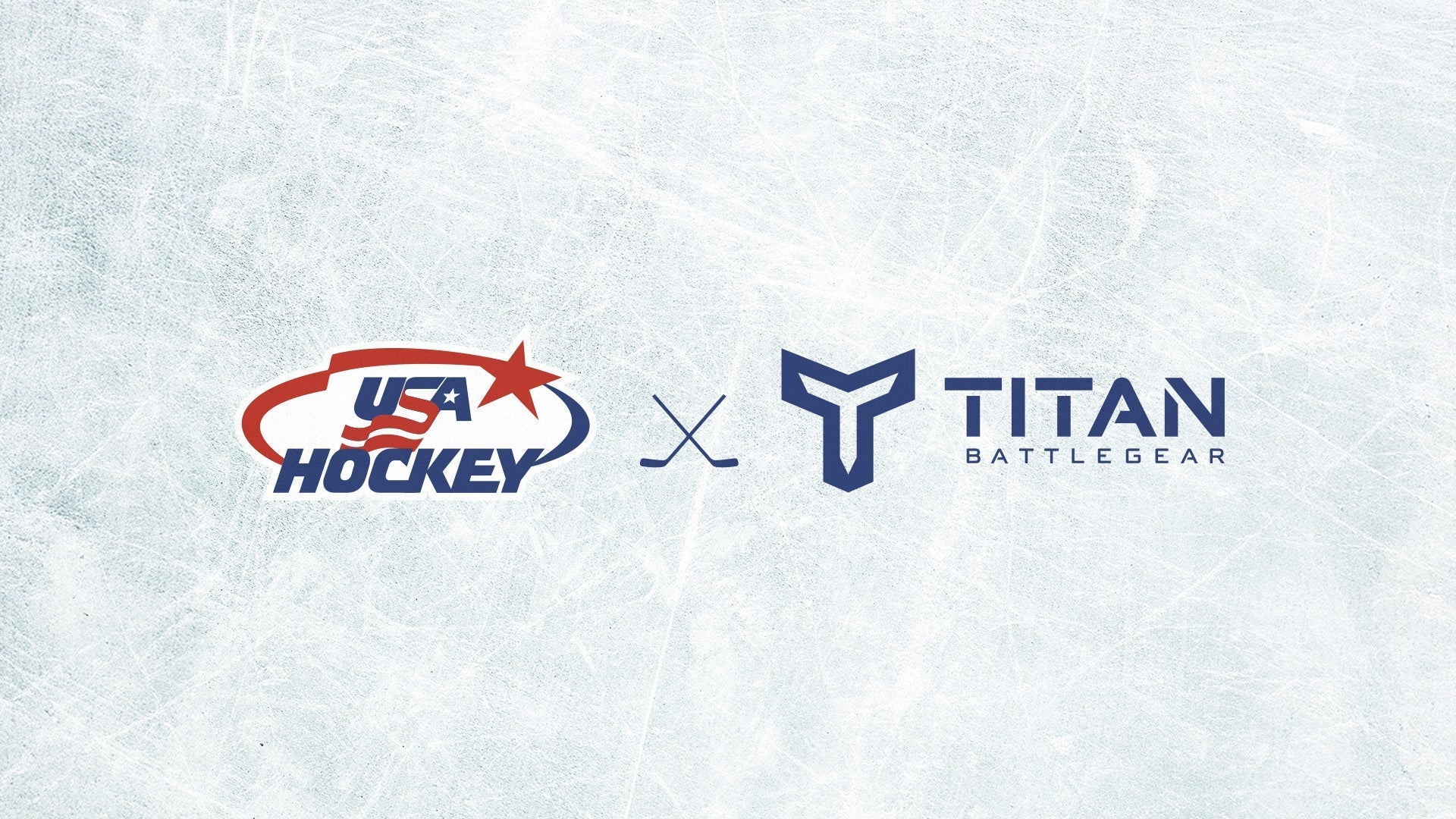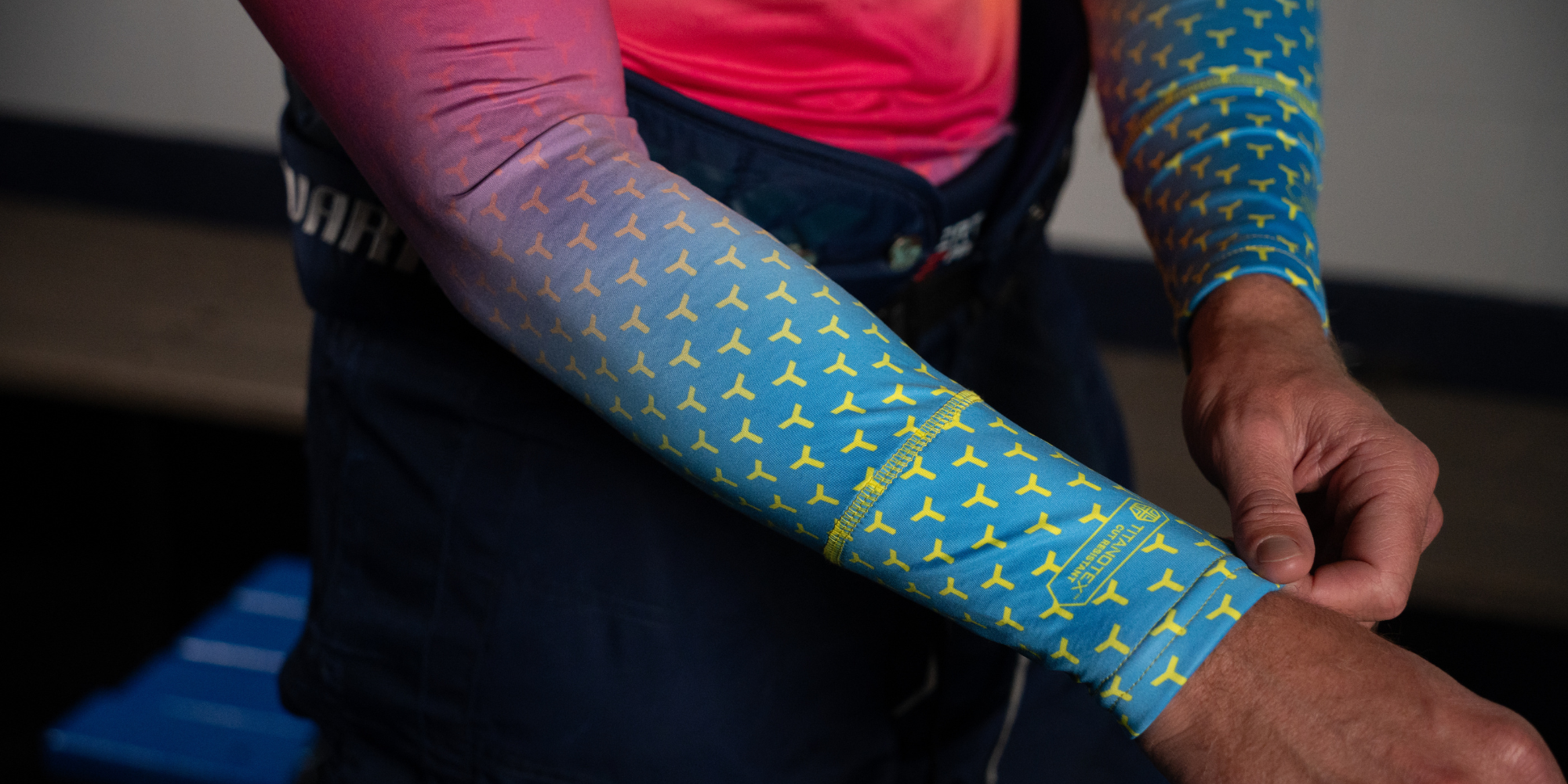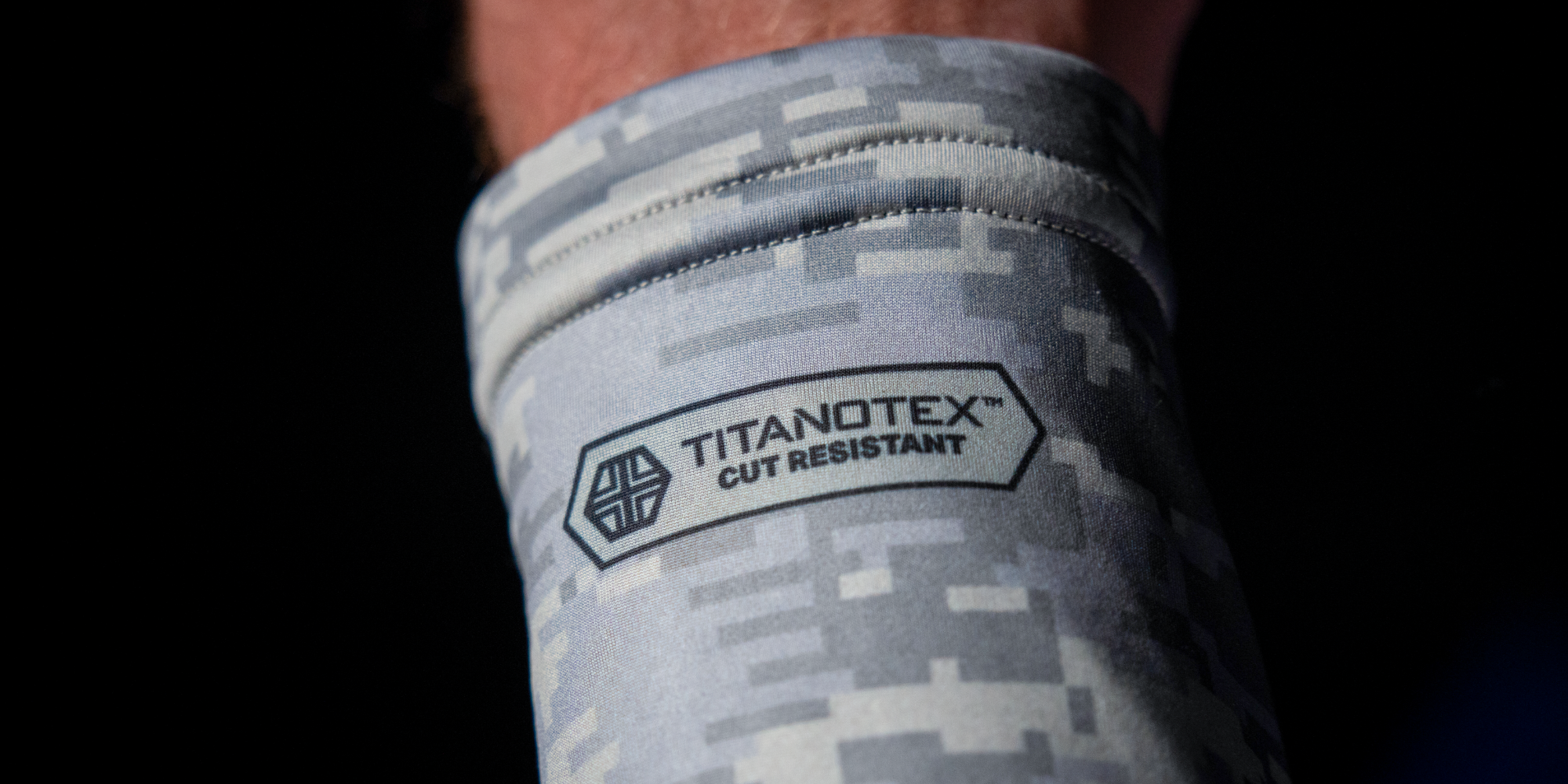Most hockey parents assume the gear on store shelves is built to protect their kids. Our Founder & CEO, Andries de Villiers, thought the same – until the day he tested his son’s neck guard with a box cutter.
The dull blade sliced through like butter.
That moment changed everything. Because if a kitchen box cutter could do that, what chance did a skate blade have?
A father’s wake-up call
In 2022, the hockey world was shaken by the tragic death of sixteen-year-old Teddy Balkind – a reminder of how quickly a skate can turn deadly.
Andries, a lifelong hockey dad and graduate of the same school Teddy attended, decided to take a closer look at his son’s gear. He’d spent hundreds upgrading everything – helmet, pads, skates – each one promising elite protection. But when it came to neck guards, the options were laughable:
-
Flimsy Velcro straps that rode up or slipped down
-
“Cut-resistant” baselayers with paper-thin collars
-
Mass-market designs using cheap foam and nylon mesh
These products all claimed to be protective. But none could prove it.
So Andries ran his now-famous box cutter test. One dull blade later, he realized the industry had a massive blind spot. That realization became the spark that ignited Titan BattleGear.
The science behind the failure
It turns out the problem isn’t toughness – it’s technology.
Most hockey neck guards use fabrics rated A2–A3 on the ANSI cut-resistance scale. To put that in perspective:
-
A cotton t-shirt tests around A2–A3
-
Blue jeans or thin cardboard boxes reach A4
-
Industrial safety gear starts at A6
A 2017 Mayo Clinic study confirmed the danger. Researchers tested 14 neck-guard brands and found that 11 of 14 failed under real-game force levels (600 Newtons = 135 pounds of pressure). Only the products aligned with A6+ materials consistently stopped a skate blade.
That means the majority of “protective” neck guards on the market are doing little more than giving players a false sense of security. Read the study here.

Why most hockey brands fall short
Big hockey companies are experts at sticks, skates, and pads – but cut protection was never their priority. Neck guards became an afterthought, a line item to meet youth-league requirements.
They often rely on old materials, outdated designs, and mass-production shortcuts that simply don’t stand up to a skate’s impact. The result: a product that looks official but fails when it matters most.
And that failure isn’t theoretical. It’s measurable, testable, and proven by science.
The rise of integrated protection
Andries refused to settle for “good enough.” He partnered with one of the top cut-resistant textile mills in the U.S. to engineer something that actually worked: Titanotex™ A9 fabric – the highest cut-resistance rating on the ANSI scale.
He also realized protection fails when gear moves. So Titan built the Stretch ProCurve™ Collar, a fully integrated, cut-resistant neck design that moves with the player. No Velcro. No gaps. No false comfort.
The result is the first neck guard shirt that players actually want to wear. It’s light, breathable, and built for battle.

Changing the standard
Titan BattleGear was born from one father’s frustration – but it’s grown into something bigger: a movement to hold hockey gear to the same standard as every other piece of protective equipment on the ice.
The game doesn’t need more neck guards. It needs better ones.
The next time you reach for a neck guard, ask one question: Would it survive a box cutter test? If the answer’s no, it doesn’t belong on the ice.









